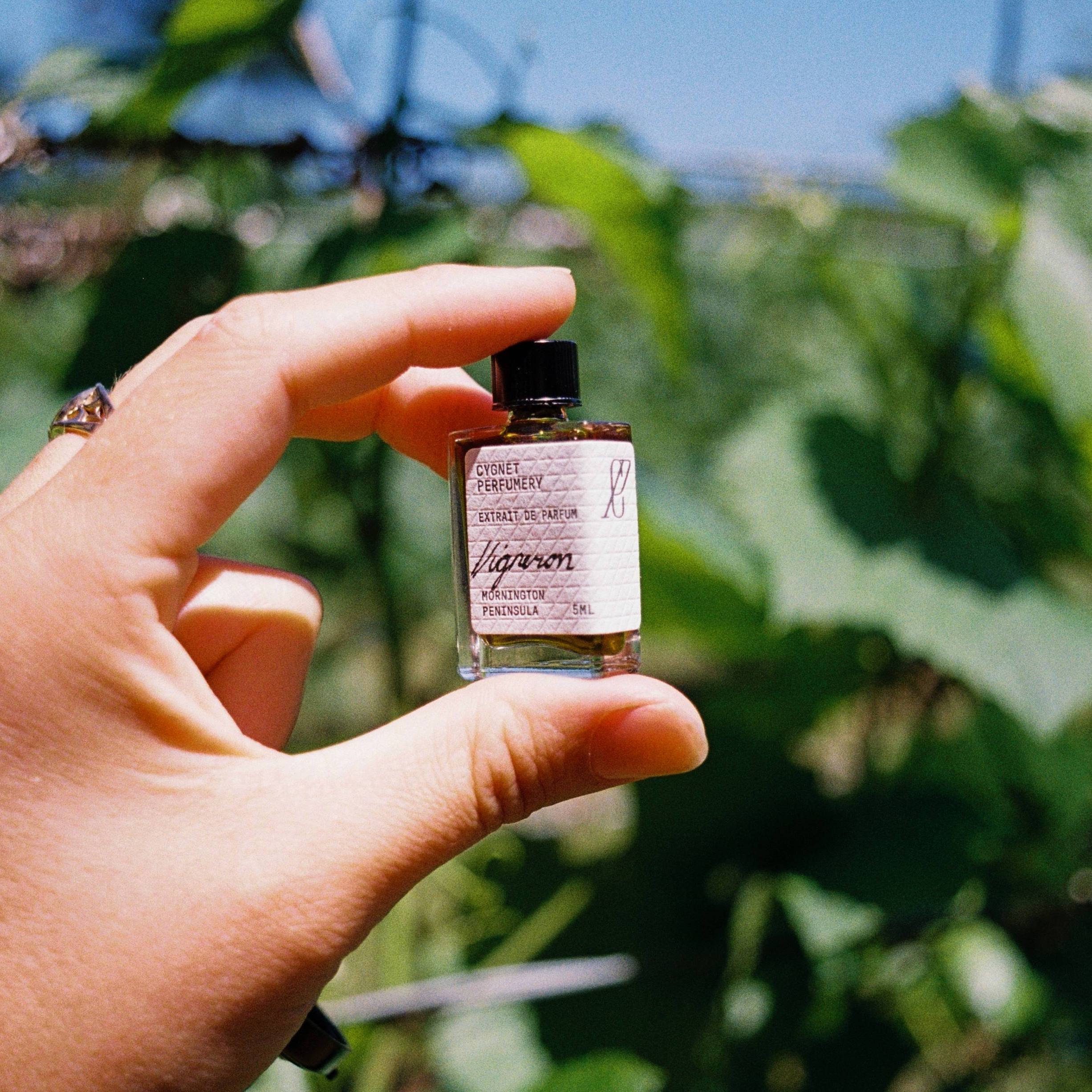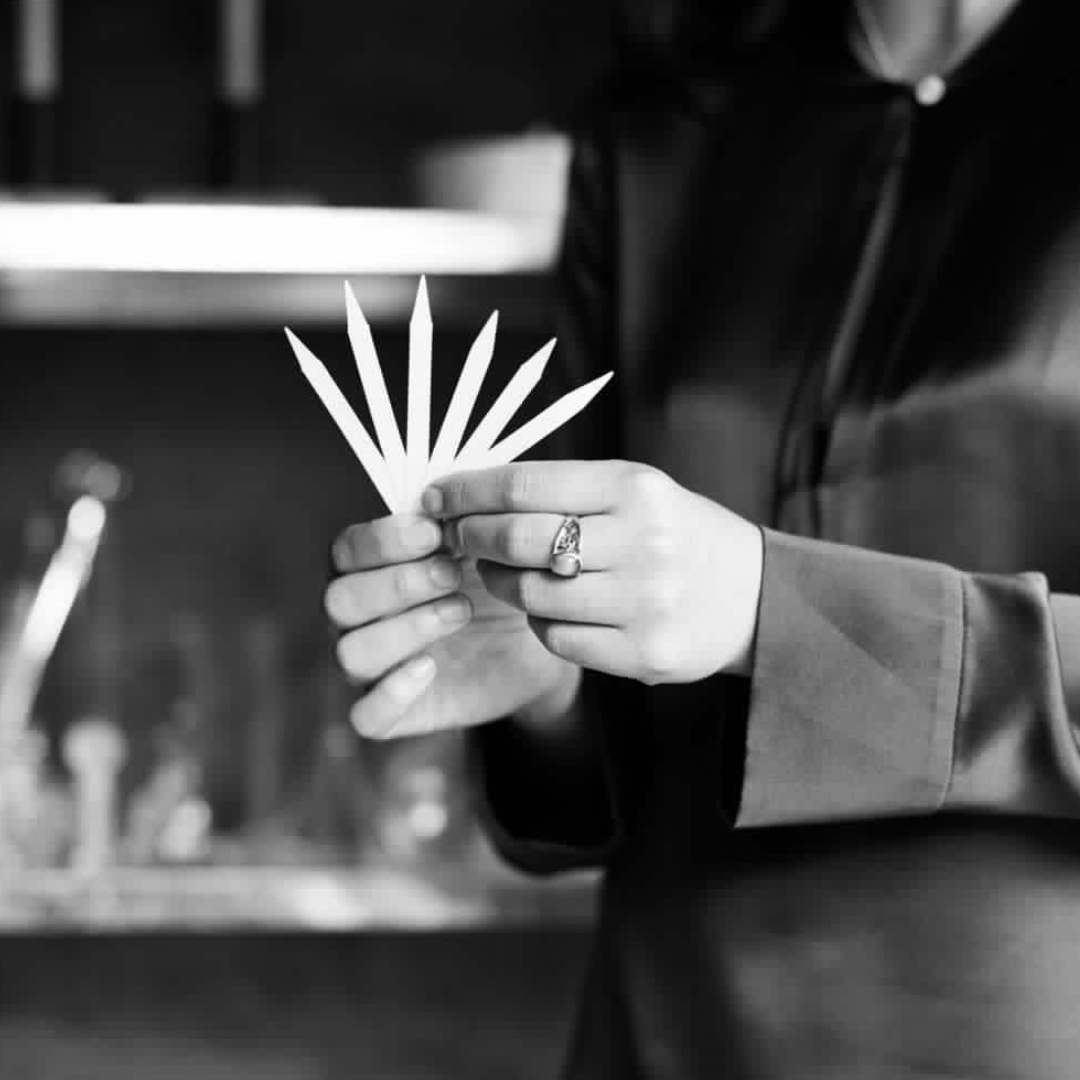An 18th Century Perfumer's Library - Digital Resource for the Aspiring Botanical Perfumer

I’m delighted to share a special resource with you: a digital archive of historical perfumery books that have inspired and educated me over the years. Each is available in full via the Internet Archive, which is an incredible platform in itself (just search "perfume" under Topics and you’ll find a trove of titles published through the years.) The collection I’ve curated spans from the 17th to the early 20th century.
It was this old world of scent that first enchanted me as a child, the quiet alchemy of transforming plants into perfume. These texts offered a doorway into a slower, more poetic approach to making: one rooted in hand-extraction, patience, and the use of natural materials. Many of the books pre-date the invention of synthetic aroma chemicals and include chapters on traditional techniques such as enfleurage, tincturing, and distillation, some of which I still use in my practice today. They also sparked my interest in skincare formulation, as perfumers of the past often prepared salves, pomades, oils, and cosmetic waters alongside fragrance (though many of the skincare recipes included are questionable by modern standards).
Some recipes make you giggle, like powdered parsley seed rubbed on the scalp to halt baldness (The Toilet of Flora, 1779). Others include materials we now know to be harmful, such as mercury, lead, or ingredients derived unethically from animals. These serve as reminders of how far we’ve come in terms of safety, ethics, and regulation, and how far we still have to go. They also highlight the vast scientific advancements we've made. Today, we can distill essential oils with far more efficient alembics, extract delicate flowers as absolutes, capture vibrant aromas with CO₂ extracts, and isolate specific scent molecules through fractional distillation to produce what are known as natural isolates. When you read these books, you'll understand why my practice combines traditional techniques with modern methods and aesthetics.
Please note that these historical texts are written in a Eurocentric and patriarchal tone, and the language is at times offensive, racist, or sexist. They are a reminder of the colonial foundations of the Western perfume industry, and the ongoing work needed to challenge and change that.
Thanks to the generosity of libraries, archivists, and digital preservation projects, you can now read these works freely online. Below are the titles that most informed my own learning. They are full of practical formulas, forgotten techniques, and windows into the rich history of scent.









